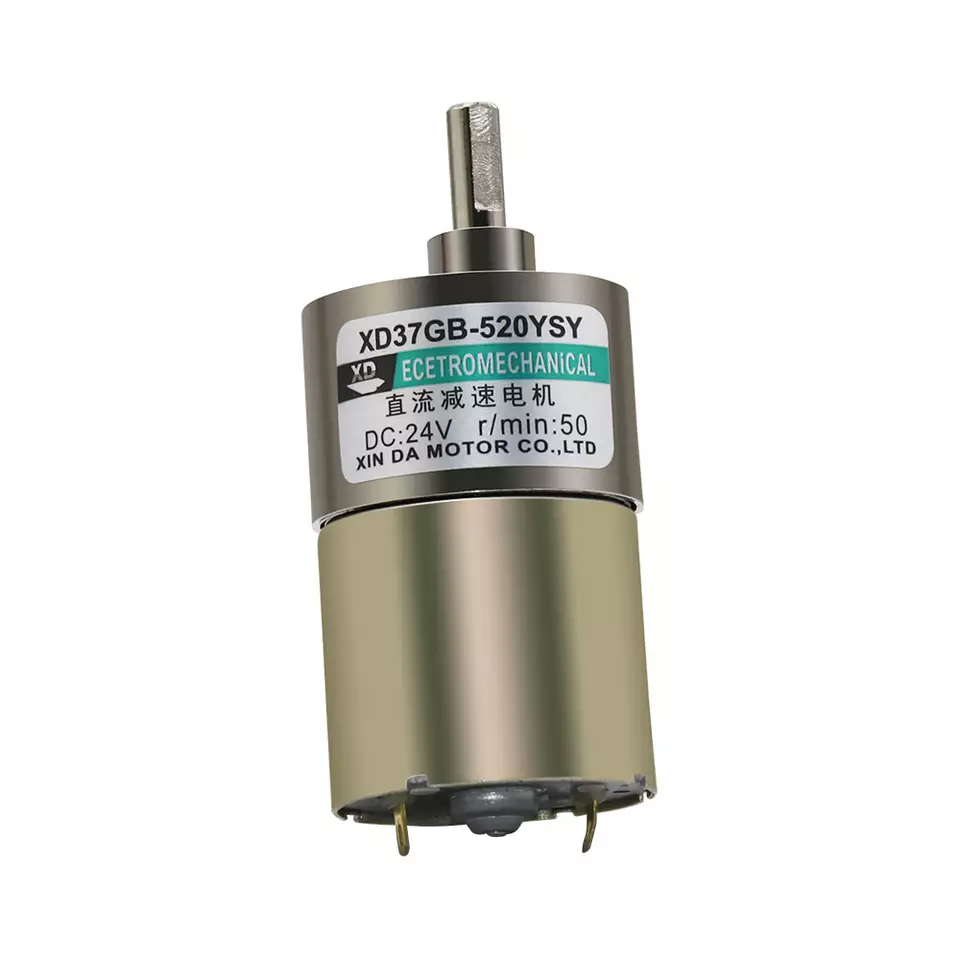The working principle, performance characteristics and structure explanation of geared motor
The geared motor is a kind of electric motor, which is mainly used to reduce the output speed. It has unique advantages in electric motors.
1. The structure of the geared motor
The structure of the geared motor generally consists of two parts, namely the rotating part and the non-rotating part. The rotating part mainly includes the rotor and the stator, and the non-rotating part mainly includes the motor housing, rolling bearing and transmission wheel. The working principle of the geared motor is mainly to use the interaction between the inertial force generated by the rotating part of the motor and the resistance generated by the non-rotating part to make the rotor of the motor generate stagnation force during the rotation process, so as to achieve the purpose of deceleration. The performance characteristics of the geared motor are mainly manifested in two aspects:
1.1. Large power: The power of the geared motor is generally between 0.75kw and 315kw, and the power range is large, which can meet different application requirements.
1.2. Large deceleration ratio: The deceleration ratio of the geared motor is generally between 5 and 500, and the deceleration ratio is large, which can meet different application requirements.
2. The working principle of the geared motor
A geared motor is an electric motor that uses electric current to drive the rotor and a speed reducer to reduce the output speed. The working principle of the geared motor is as follows: First, the current passes through the rotor of the motor, which makes the rotor generate magnetic force. The rotor's magnetic field then interacts with the stator's magnetic field, causing the rotor to turn. Finally, the reducer reduces the input speed to the output speed. The performance characteristics of the geared motor mainly include the following aspects: First, the geared motor has a high torque output. Secondly, geared motors can effectively reduce the input speed, making them suitable for applications requiring low speed. In addition, the geared motor also has an automatic adjustment function, which can automatically adjust the output speed according to the size of the load.

3. Performance characteristics of geared motor
Geared motors have the advantages of high efficiency, low noise, simple structure, convenient maintenance, and long service life.
3.1. High efficiency: The efficiency of the geared motor can reach more than 95%, which is 5%~10% higher than that of ordinary motors.
3.2. Low noise: The noise of the geared motor is lower than 60 decibels, which is more than 2 decibels lower than that of ordinary motors.
3.3. Simple structure: the deceleration motor is directly connected with the reducer by a DC motor, which has a simple structure and is easy to maintain.
3.4. Long service life: The service life of geared motors is usually more than three times that of ordinary motors.
Geared motors have been widely used in various industries, and their superior performance will attract more and more attention.



























 XINDA
XINDA